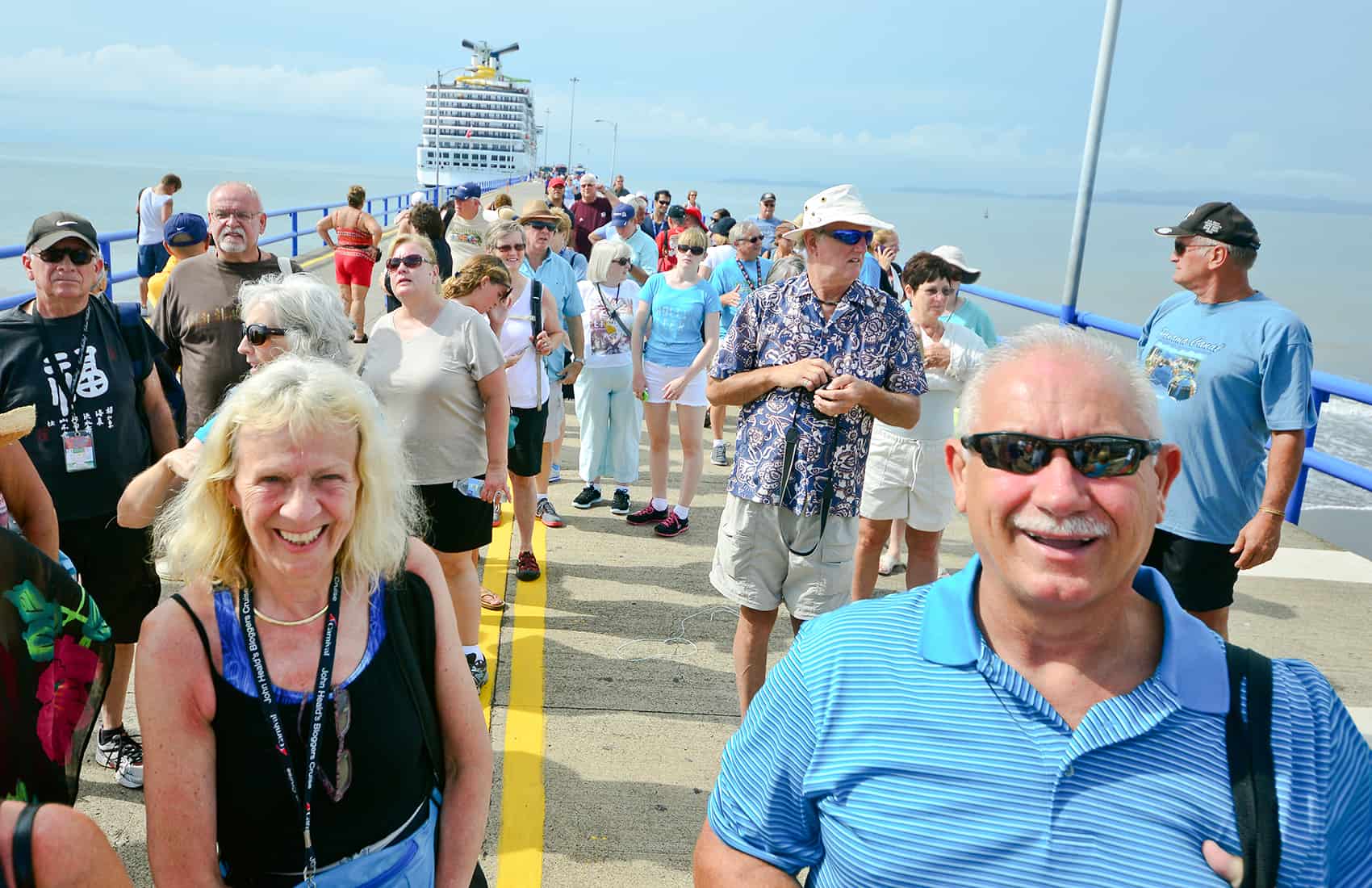For years, tourism has been the engine of the Costa Rican economy. However, the industry is currently facing several challenges that compromise its growth and create difficulties for those who depend on it. Shirley Calvo, Executive Director of the National Chamber of Tourism of Costa Rica (CANATUR), stated that the most significant challenge is the distortion of economic, monetary, and exchange rate policies. But these aren’t the only problems.
The colón has appreciated against the dollar, which has diminished the earnings of the tourism sector and reduced the purchasing power of visitors to Costa Rica. Many have even stopped coming to the country due to the high costs involved. Moreover, tourism has experienced an increase in costs of about 20% since the pandemic. This includes the imposition of VAT, as tourism services did not previously pay the tax.
Together with inflation, deferrals of credit payments, and the fact that the sector is heavily indebted, the situation has worsened. Other costs, such as social security contributions, electricity, wages, and other factors, continue to raise operating expenses, forcing many businesses to cease operations.
The sector has managed to stay afloat due to good high seasons. Nevertheless, visitation numbers have significantly dropped, and the Central Bank is not implementing the correct measures to stabilize the exchange rate, as explained by Shirley Calvo. Another challenge is linked to infrastructure.
Good roads are needed for tourists to travel from a volcano to a beach, from a beach to San José, and from San José to the airport. However, the condition of most roads is poor and diminishes competitiveness, as tourists feel that the value of what they are paying for and the quality of the experience they are receiving are not comparable.
Costa Rica’s image has also been tarnished by a crisis of insecurity. Calvo mentioned that there are two dimensions: local security, which directly affects tourists in the country, and the increase in organized crime at the international level, which impacts the perception of Costa Rica as a safe destination.






